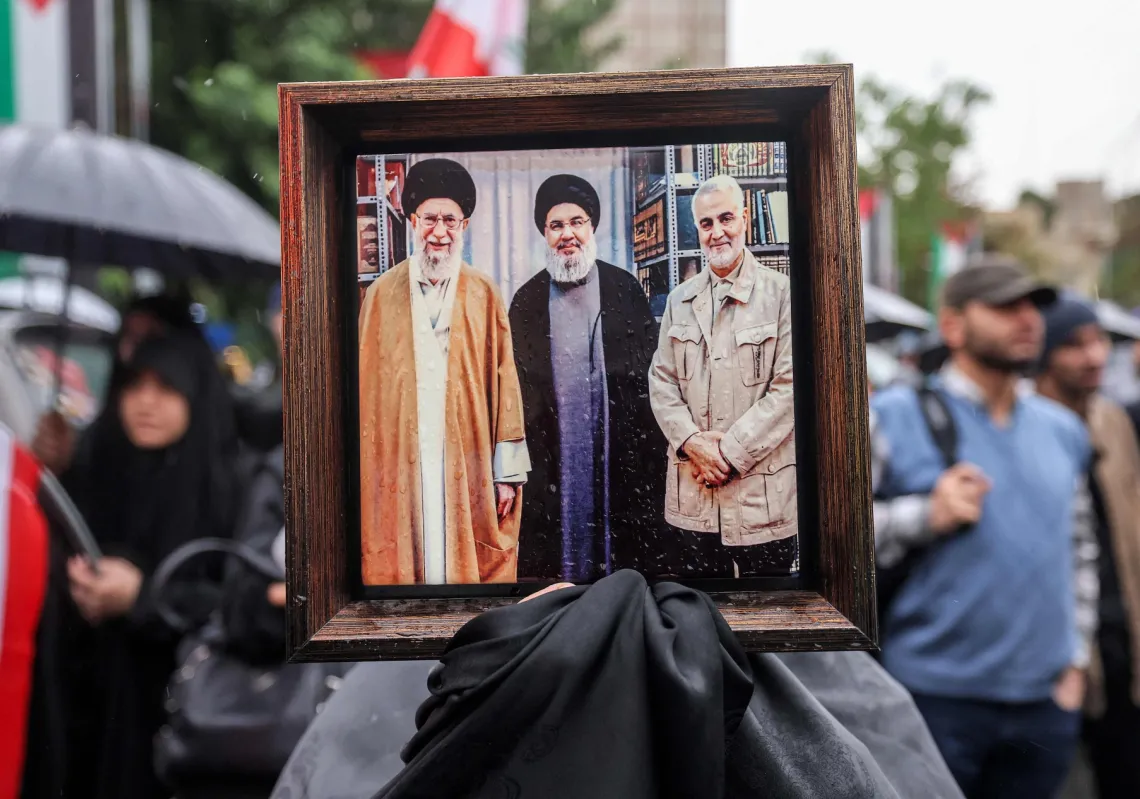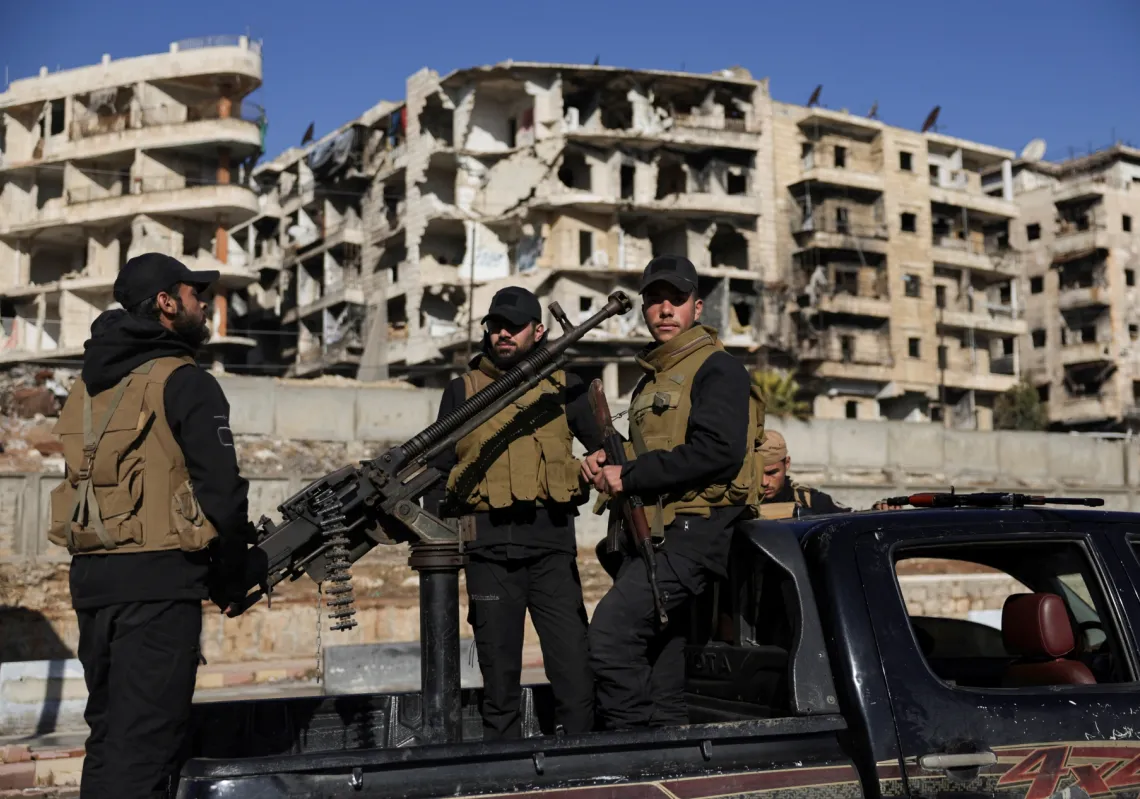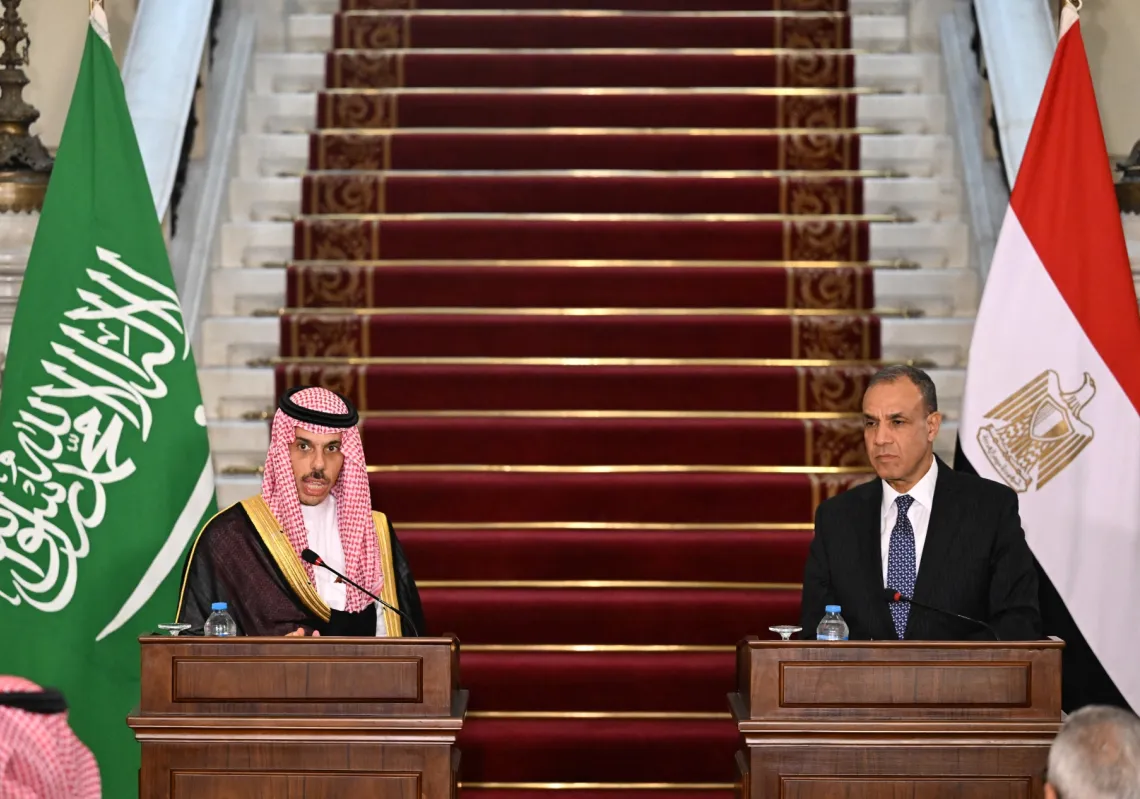Beirut: The Middle East’s geopolitics revolves around a set of strengths, such as the economy, which is based on its natural wealth of oil and gas and the availability of vast arable lands, in addition to a young population (the youth constitute 32% of the population).
However, it is the region’s geographical importance that has placed it at the intersection of international interests even before the discovery of its natural resources.
The five sea straits — the Strait of Gibraltar, the Bab al-Mandab Strait, the Strait of Hormuz, the Suez Canal, the Bosphorus and the Dardanelles — in addition to the Arabian Gulf and the Red Sea, have made the Middle East the focal point of global naval powers who are ready to ‘defend’ their interests against hostile forces.

This enabled the Middle East to retain its geopolitical significance during the colonial race in the 19th century and the ideological competition between the two global poles in the second half of the 20th century.
It also gained renewed importance at the end of the Cold War when international balances changed and the spheres of influence imposed by the two superpowers vanished. International powers began to throw their weight behind the region in parallel to the development of regional states.
Reviewing the geopolitical attributes of each of the aforementioned strengths over a period of two centuries through which the international balance of power has changed, with the centre of gravity shifting from one colonial power to the other, confirms their central role in formulating alliances and achieving interests despite the great development in the military apparatuses, control systems, and integration of digital technologies into all walks of life.
The Suez Canal
This Egyptian waterway facilitates 12% of world trade, 30% of global container traffic, an estimated 7 to 10% of the world’s oil and 8% of the world’s liquefied natural gas passes through it.It also is the second biggest source of foreign currency in Egypt after remittances from Egyptians abroad.

The canal benefits countries bordering the Mediterranean, Western Europe, the Middle East, East Africa, Africa, the Red Sea, the Arabian Gulf, East Asia, the Far East, and Australia. The Ever Given incident, which lasted from 23 to 29 March 2021, forced the canal’s closure and disrupted supply chains around the world, with global economic losses amounting to $9.6 billion per day, in Europe, India and other Asian markets.
The Strait of Hormuz
With 22% of the world's basic commodities (grains, iron ore, and cement) passing through the Strait of Hormuz, it is considered the most important global strait today. Additionally, 20 to 30 oil tankers pass through it every day, at an average of one oil tanker every six minutes at peak time, carrying about 40% of the world's seaborne oil — 85% of which goes to Asian markets, especially to India, South Korea, and China.




















